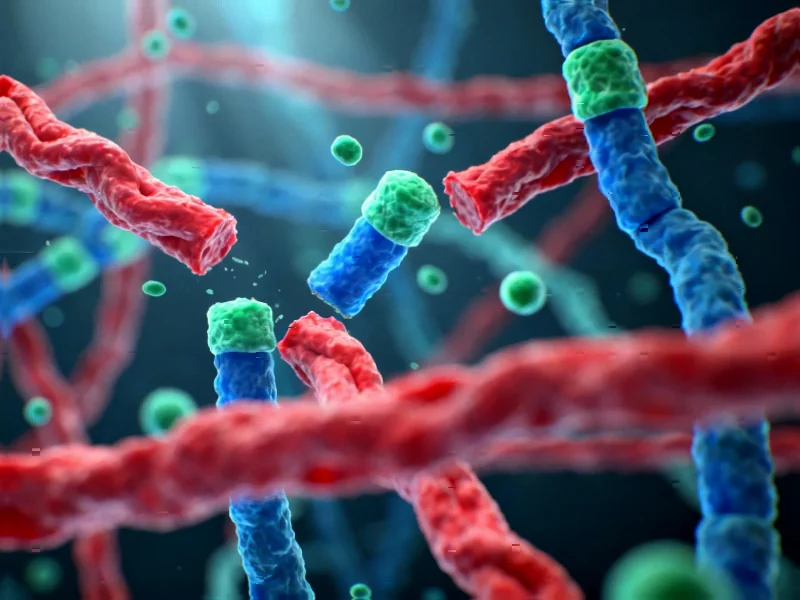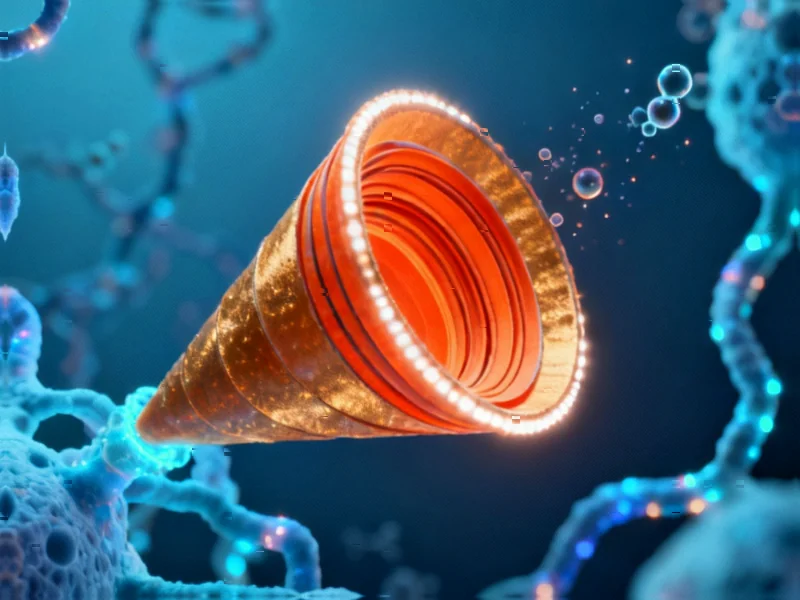Scientists Document Unidirectional Energy Flow in Quantum Structures Using Advanced Microscopy
Researchers have demonstrated irreversible energy transport in mesoscopic quantum systems using innovative microscopy techniques. The findings reveal how nanoscale structural variations create directional carrier flow that could enable new device functionalities.
Breakthrough in Mesoscopic Physics Research
Scientists have documented irreversible carrier transport phenomena in semiconductor quantum wells through advanced spectroscopic measurements, according to recent research published in Scientific Reports. The experimental demonstration reveals how energy flows directionally through nanoscale structures in ways that could transform future optoelectronic device design. Sources indicate this represents a significant step forward in understanding the complex boundary between quantum and classical physics.









